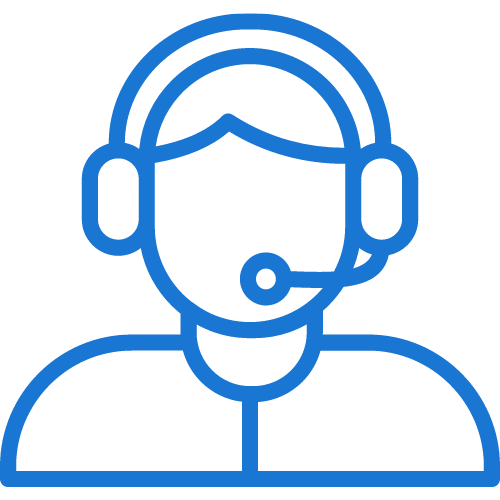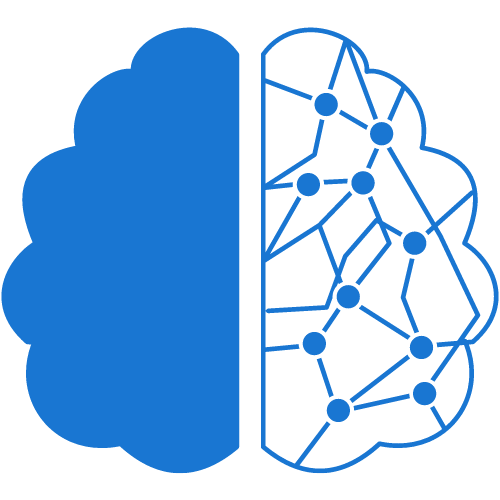Becoming a web developer is an excellent career choice, and it’s a field that continues to grow rapidly. In 2023, the demand for web developers is higher than ever, and with the rise of new technologies and platforms, it’s the perfect time to start your journey. Here are 10 steps to help you become a successful web developer.
Step 1: Learn the Basics of HTML and CSS
HTML and CSS are the building blocks of the web, and you need to understand them to become a web developer. Learn the basics of HTML tags, CSS properties, and how to use them to create a webpage. There are many resources online that can help you get started.
Step 2: Master JavaScript
JavaScript is a programming language that’s essential for creating interactive websites. Learn the basics of JavaScript, including variables, functions, and control structures. Then, move on to more advanced topics, such as AJAX, jQuery, and AngularJS.
Step 3: Get Familiar with Databases
Understanding how databases work is essential for web development. Learn how to use SQL to create and manage databases, and how to use MySQL or PostgreSQL to interact with them.
Step 4: Practice with Real Projects
Practice is the key to becoming a successful web developer. Start with simple projects, such as creating a basic website, and work your way up to more complex ones. Build projects that demonstrate your skills, and showcase them on your portfolio website.
Step 5: Get a Degree or Certification
While not strictly necessary, having a degree or certification can help you get hired as a web developer. Look for programs that offer courses in web development, computer science, or related fields.
Step 6: Network with Other Developers
Networking is essential for any career, and web development is no exception. Attend meetups and conferences, join online communities, and connect with other developers on LinkedIn. You never know when a connection might lead to a job opportunity.
Step 7: Stay Up-to-Date with New Technologies
Web development is constantly evolving, so it’s important to stay up-to-date with the latest trends and technologies. Follow blogs and websites that cover web development, attend conferences, and take online courses to keep your skills sharp.
Step 8: Build a Strong Portfolio
Your portfolio is your chance to showcase your skills and experience to potential employers. Build a strong portfolio website that highlights your best projects, and make sure it’s easy to navigate and visually appealing.
Step 9: Apply for Jobs and Internships
Once you have the skills and experience, start applying for jobs and internships. Tailor your resume and cover letter to each job you apply for, and make sure to showcase your portfolio and any relevant experience.
Step 10: Never Stop Learning
Web development is a field that’s always changing, so it’s important to never stop learning. Take online courses, attend conferences, and read blogs and articles to stay up-to-date with the latest trends and technologies.
FAQs
Q: Do I need a degree to become a web developer? A: No, a degree is not strictly necessary, but it can help you get hired. You can also learn web development through online courses, bootcamps, or self-study.
Q: What programming languages do I need to learn to become a web developer? A: HTML, CSS, and JavaScript are essential for web development, but you may also need to learn other languages, such as PHP, Python, or Ruby on Rails, depending on the job you’re applying for.














